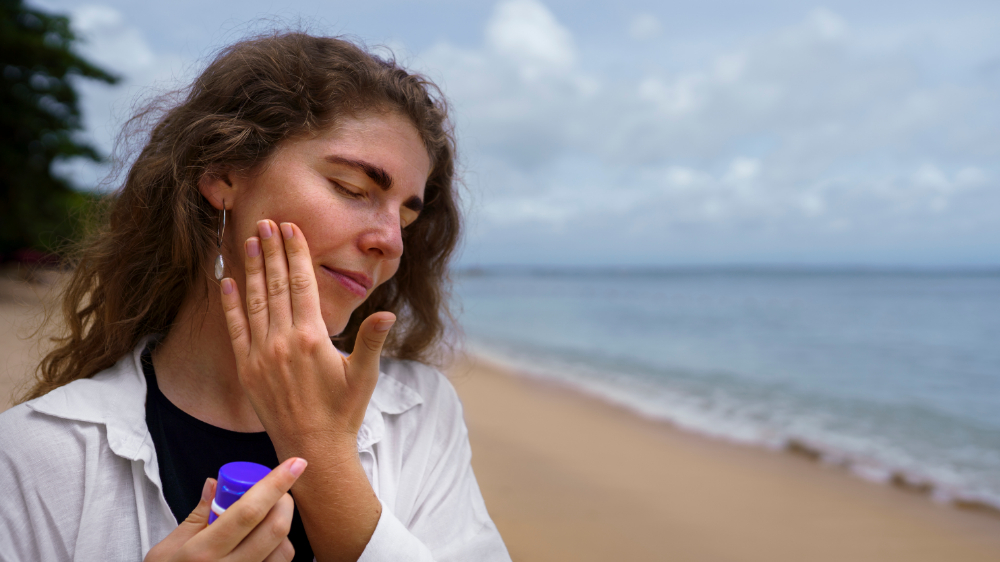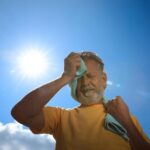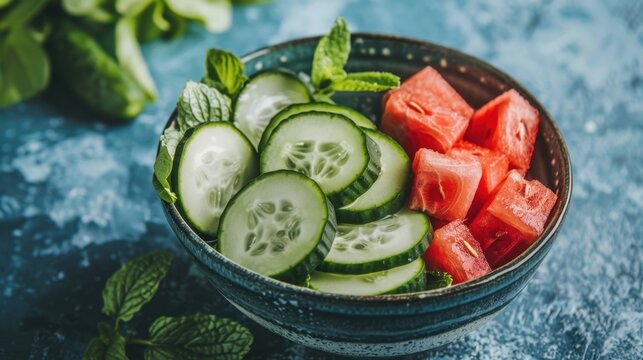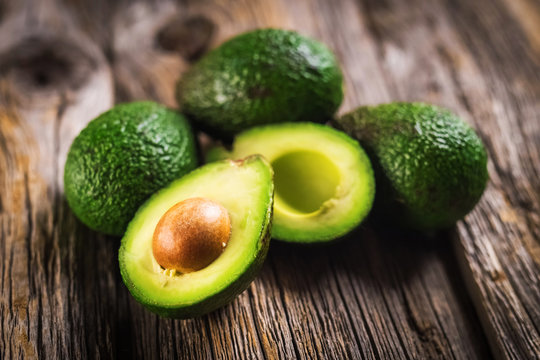Australia’s sunny climate may be a blessing, but it also brings along the challenge of protecting your skin from harsh UV rays. Sunscreen is your ultimate protection against sun damage, premature aging, and skin cancer. In this guide, we learn about the best sunscreen options available in Australia, how to choose the right one, and tips on how to use it effectively. By the end, you’ll have everything you need to know to stay protected in the sun.

Why Sunscreen Is Essential in Australia
Australia experiences some of the highest levels of ultraviolet (UV) radiation in the world. Prolonged exposure to UV rays can lead to skin damage, including sunburn, wrinkles, and even skin cancer. The country’s high skin cancer rates highlight the importance of using sunscreen daily, regardless of the season.
Applying sunscreen is not just about avoiding a temporary sunburn; it’s an important part of keeping your skin healthy and looking youthful. Whether you’re going to the beach, out for a run, or just doing errands, using the best sunscreen is non-negotiable in Australia.
Understanding Sunscreen Basics
What Is Sunscreen?
Sunscreen is a topical product designed to protect your skin from the sun’s harmful UV rays. It works by either absorbing these rays (chemical sunscreens) or reflecting them away from your skin (physical sunscreens).
What Does SPF Mean?
SPFs, or Sun Protection Factors, indicate the degree to which sunscreens protect against UVB rays, the primary cause of sunburn. For instance, SPF 30 filters out 97% of UVB rays, while SPF 50 filters out 98%. Dermatologists in Australia recommend using a broad-spectrum sunscreen with at least SPF 30 for adequate protection.
Broad-Spectrum Sunscreens
When choosing a sunscreen, always go for a broad-spectrum formula. It means it protects against UVA rays, which cause aging, and UVB rays, which cause burning.
How to Choose the Best Sunscreen in Australia
Finding the best sunscreen Australia means first understanding your skin type, lifestyle, and the conditions you are exposed to.
Consider Your Skin Type
- Oily Skin: Seek out lightweight, oil-free, or gel-based sunscreens.\
- Dry Skin: Look for moisturizing sunscreens that contain hydrating ingredients, such as hyaluronic acid or glycerin.
- Sensitive Skin: Opt for sunscreens marked as hypoallergenic or fragrance-free, frequently mineral-based.
Check the Ingredients
- Recommended Ingredients: Zinc oxide and titanium dioxide provide excellent physical protection.
- Avoid Harsh Chemicals: Steer clear of oxybenzone and parabens, which can irritate sensitive skin and harm marine life.
Water Resistance
If you are swimming or sweating, choose a water-resistant sunscreen. But keep in mind that no sunscreen is entirely waterproof, so you’ll need to reapply often.
Eco-Friendly Choices
Australia is known for its marine biodiversity, making reef-safe sunscreens a great choice. These formulations avoid chemicals harmful to coral reefs and marine life.
Best Sunscreen Options in Australia
Top-Rated Sunscreens
- Cancer Council Everyday Sunscreen SPF 50+
- Affordable, non-greasy, and ideal for daily use.
- La Roche-Posay Anthelios Invisible Fluid SPF 50+
- Lightweight and ideal for sensitive skin.
- Neutrogena Ultra Sheer Dry-Touch Sunscreen SPF 50+
- Has a matte finish, ideal for oily skin types.
Best Sunscreen for Sports
- Banana Boat Sport Sunscreen SPF 50+
- Designed to withstand sweat and water for outdoor activities.
Best for Sensitive Skin
- Cetaphil Sun SPF 50+ Lotion
- Gentle and fragrance-free, ideal for those prone to irritation.
Reef-Safe Sunscreens
- Sun Bum Mineral Sunscreen Lotion SPF 30
- Made with reef-safe ingredients, ideal for environmentally conscious users.
How to Use Sunscreen Effectively
Application Tips
To get the most out of the sunscreen, you have to use it correctly.
- Apply at least 20 minutes before sun exposure.
- Use one teaspoon per body part (e.g., face, arms, legs).
- Don’t forget spots like the ears, neck, and back of hands.
- Reapply every two hours or immediately after swimming or sweating.
Common Mistakes to Avoid
- Applying too little sunscreen.
- Forgetting to reapply, especially during prolonged outdoor activities.
- Using expired sunscreen.
Additional Sun Protection Tips
While sunscreen is important, used in combination with other sun safety steps it provides even greater protection:
- Wear wide-brimmed hats and UV-blocking sunglasses.
- Look for clothes with UPF (Ultraviolet Protection Factor).
- Seek shade during peak UV hours (10 a.m. to 4 p.m.).
- Stay hydrated to maintain healthy skin.
FAQs About Sunscreen
What is the best sunscreen to use every day in Australia?
- Daily, a lightweight, non-greasy sunscreen such as La Roche-Posay Anthelios Invisible Fluid SPF 50+ is excellent.
How frequently should I reapply sunscreen?
- Every two hours, or more often if you are swimming or sweating.
Can I use makeup products with SPF instead of sunscreen?
- Makeup with SPF is not sufficient. Use sunscreen as your base layer of protection.
What is reef-safe sunscreen, and why should I use it?
- Reef-safe sunscreens block harmful chemicals such as oxybenzone from damaging marine ecosystems.
Conclusion
With the best sunscreen Australia, you can protect your skin from the harsh Australian sun. Whether a lightweight formula for day-to-day use or water-resistant for when you get out and about with sport, the right sunscreen makes all the difference. Team it with other sun-safe practices to make sure you are fully protected.
Don’t compromise on your skin. Choose a sunscreen that suits your needs, apply it fastidiously, and enjoy the outdoors with confidence.










